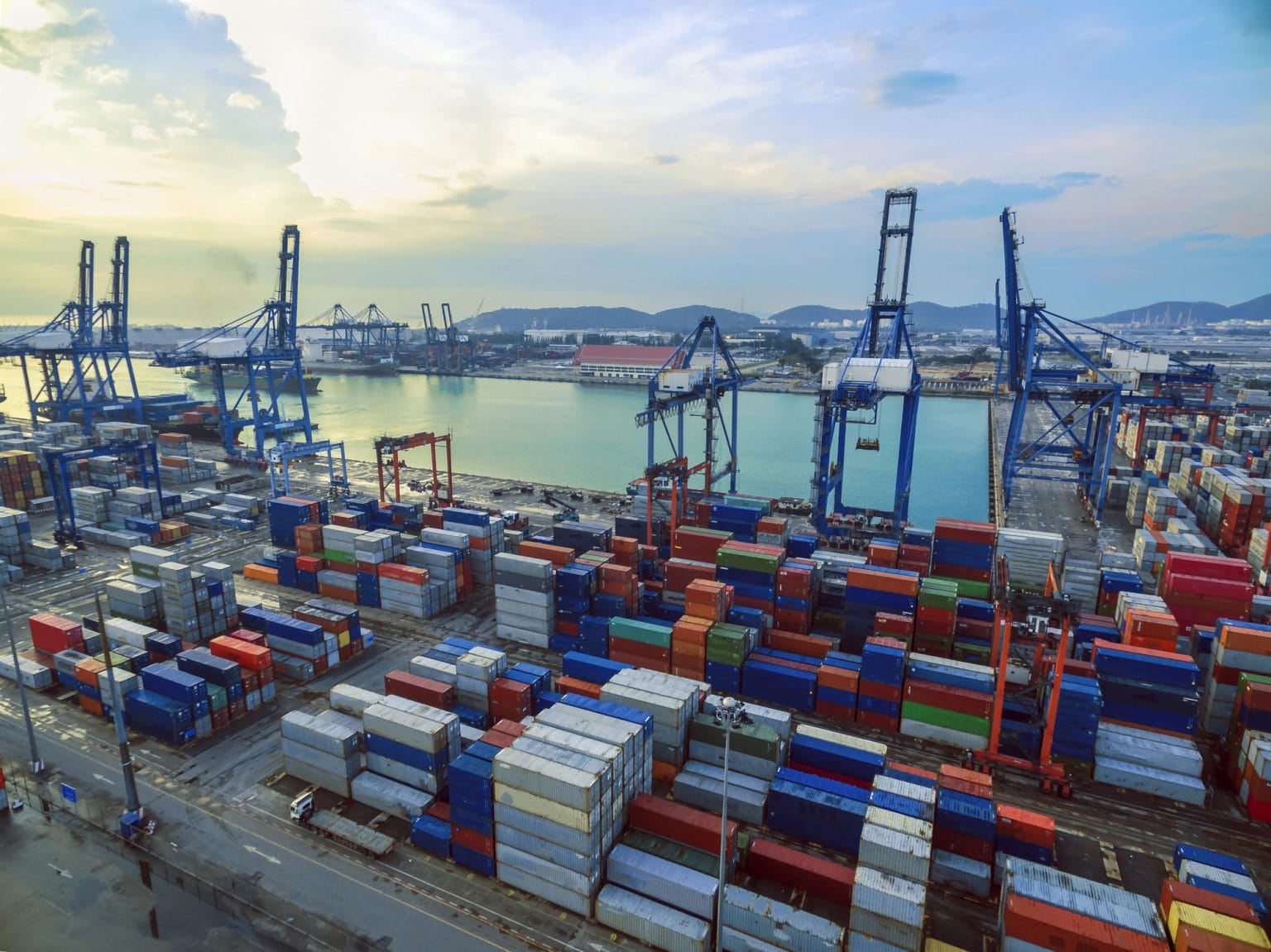China's Export Dependence: Vulnerability To Tariff Hikes

Table of Contents
The Magnitude of China's Export Dependence
China's export-oriented growth model has transformed it into a global manufacturing powerhouse. The sheer magnitude of its export sector is undeniable. A substantial percentage of its GDP is directly tied to exports, making it highly susceptible to external economic shocks, particularly those involving trade tariffs and protectionist policies. The country’s export share of GDP consistently remains high, showcasing its deep integration into the global economy.
- Export Share of GDP: While the exact percentage fluctuates year to year, China's export dependence on GDP consistently remains a significant figure, highlighting its vulnerability to external economic shocks.
- Major Export Sectors: Key export sectors include electronics (smartphones, computers), textiles and apparel, machinery (industrial and consumer goods), and toys. These sectors employ millions of workers and contribute significantly to China’s overall economic output.
- Global Export Share: China holds a leading position in global exports for many manufactured goods, controlling a significant share of global markets in numerous product categories.
- Geographic Distribution: Chinese exports are geographically diverse, reaching various markets worldwide, though some regional concentrations exist, creating potential vulnerabilities if key markets experience economic downturns or impose significant tariffs.
The Impact of Tariff Hikes on Chinese Exports
The imposition of trade tariffs represents a significant threat to China's export-oriented economy. Increased import duties directly impact the price competitiveness of Chinese goods in international markets. Higher tariffs on Chinese products lead to increased prices for consumers in importing countries, potentially reducing demand and market share for Chinese manufacturers.
- Increased Costs: Tariffs imposed by importing nations directly increase the cost of Chinese goods, making them less attractive compared to domestically produced goods or products from other exporting nations.
- Reduced Consumer Demand: Higher prices resulting from tariffs can lead to a decrease in consumer demand for Chinese goods, forcing manufacturers to reduce production or face losses.
- Industry-Specific Impacts: Some sectors are more vulnerable than others. For example, industries heavily reliant on exports to specific countries, like the US, experienced significant disruptions during the US-China trade war.
- Retaliatory Tariffs: China has a history of imposing retaliatory tariffs in response to trade actions from other countries, escalating trade disputes and negatively impacting global trade relations.
Case Study: The US-China Trade War
The US-China trade war, initiated in 2018, serves as a stark example of the impact of tariff hikes on China's exports. The imposition of tariffs by both the US and China led to significant disruptions in various sectors, decreased bilateral trade, and negatively affected global economic growth. The trade war highlighted the vulnerability of China's export-dependent economy to protectionist measures and the complexities of global trade negotiations. The resulting economic impacts underscored the need for China to diversify its economy and reduce its dependence on exports to a single major market.
Strategies for Reducing Export Dependence
To mitigate its vulnerability to external economic shocks, China needs to actively pursue strategies to diversify its economy and reduce its reliance on exports. This involves a multifaceted approach focusing on boosting domestic consumption, investing in technological innovation, and attracting foreign direct investment.
- Boosting Domestic Demand: Cultivating a strong domestic market through increased consumer spending and government investment can lessen reliance on export markets.
- Technological Innovation: Investing in research and development and fostering innovation can enhance competitiveness in high-value-added sectors, reducing dependence on low-cost manufacturing exports.
- Attracting Foreign Direct Investment (FDI): Encouraging FDI can bring advanced technologies, managerial expertise, and create new employment opportunities, thereby diversifying the economy.
- Sustainable Development: Shifting towards a more sustainable development model can create new economic opportunities and reduce reliance on resource-intensive industries.
Conclusion
China's considerable export dependence represents a significant vulnerability in the face of rising tariffs and protectionist trade policies. The impacts, as witnessed during the US-China trade war, can include reduced export revenue, potential economic slowdowns, and disruptions to various industries. Economic diversification, bolstering domestic consumption, and fostering technological innovation are crucial for mitigating this risk and building a more resilient Chinese economy. Continued monitoring of China’s export dependence and proactive adaptation to global trade shifts are vital for navigating future economic challenges. Understanding China's export dependence and its vulnerabilities is crucial for stakeholders involved in global trade and economic forecasting. Further research into the interplay between tariff policies and economic diversification strategies is essential for creating a more stable and sustainable future.

Featured Posts
-
 Exclusive Trump Administration To Defund Harvard 1 Billion At Stake
Apr 22, 2025
Exclusive Trump Administration To Defund Harvard 1 Billion At Stake
Apr 22, 2025 -
 Tracking Karen Reads Legal Battles A Year By Year Timeline
Apr 22, 2025
Tracking Karen Reads Legal Battles A Year By Year Timeline
Apr 22, 2025 -
 Why Investors Shouldnt Fear High Stock Market Valuations Bof As Perspective
Apr 22, 2025
Why Investors Shouldnt Fear High Stock Market Valuations Bof As Perspective
Apr 22, 2025 -
 Ftcs Appeal Against Microsofts Activision Blizzard Purchase
Apr 22, 2025
Ftcs Appeal Against Microsofts Activision Blizzard Purchase
Apr 22, 2025 -
 Harvard And The Trump Administration A 1 Billion Funding Cut And Rising Tensions
Apr 22, 2025
Harvard And The Trump Administration A 1 Billion Funding Cut And Rising Tensions
Apr 22, 2025
